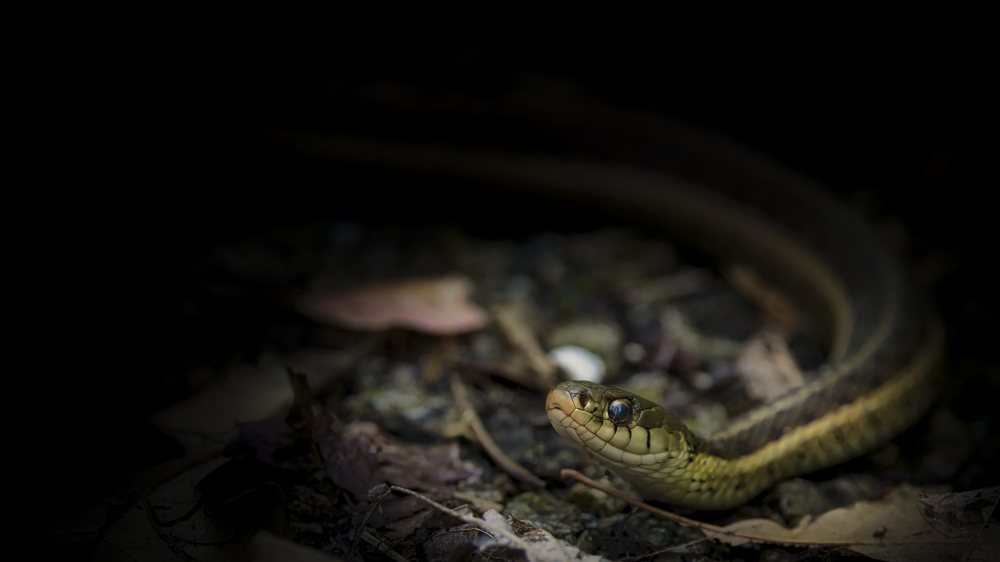
Hairy Woodpecker
(Dryobates villosus)
The Hairy Woodpecker (Dryobates villosus) is a species of woodpecker that is native to North America. It is a medium-sized woodpecker known for its distinctive appearance and behavior. Here are some key facts about the Hairy Woodpecker:
Appearance:
The Hairy Woodpecker is similar in appearance to the Downy Woodpecker, but it is larger in size. It measures about 7-10 inches (18-25 cm) in length and has a wingspan of approximately 13-17 inches (33-43 cm). It has a black and white plumage pattern. The head, wings, and back are primarily black, while the underparts are white. The outer tail feathers are white with black spots. One distinguishing feature is its long, sturdy bill, which it uses to drum on trees and excavate for insects.
Habitat:
Hairy Woodpeckers can be found across a wide range of habitats in North America, including forests, woodlands, parks, and suburban areas. They prefer areas with a mix of mature trees, as they rely on trees for nesting and foraging.
Behavior:
These woodpeckers are known for their drumming behavior, where they rhythmically peck on trees to communicate and establish territories. The drumming sound can be quite loud and resonant. Hairy Woodpeckers primarily feed on insects such as beetles, ants, and caterpillars, which they locate by drilling holes in the bark of trees and using their long tongues to extract prey. They may also consume tree sap, fruits, and seeds. During the breeding season, they excavate nest cavities in dead or decaying trees.
Range:
Hairy Woodpeckers are found throughout North America, from the northern regions of Canada down to the southern parts of the United States. They are non-migratory birds, although some individuals may move to lower elevations or southern regions during the winter.
Conservation Status:
The Hairy Woodpecker is not considered globally threatened and has a relatively stable population. It adapts well to human-altered landscapes and can be found in suburban areas with suitable habitat. However, deforestation and habitat loss can still impact their populations, so conservation efforts to protect mature forests and maintain suitable woodpecker habitats are important.
Similar Species:
As mentioned earlier, the Hairy Woodpecker is often mistaken for the Downy Woodpecker due to their similar appearance. The Downy Woodpecker is smaller and has a shorter bill, but the overall plumage pattern is quite similar. Close observation of their size, bill length, and the size of their outer tail feathers can help differentiate between the two species.
Overall, the Hairy Woodpecker is a fascinating bird known for its drumming behavior, foraging techniques, and its ability to thrive in various habitats across North America.
